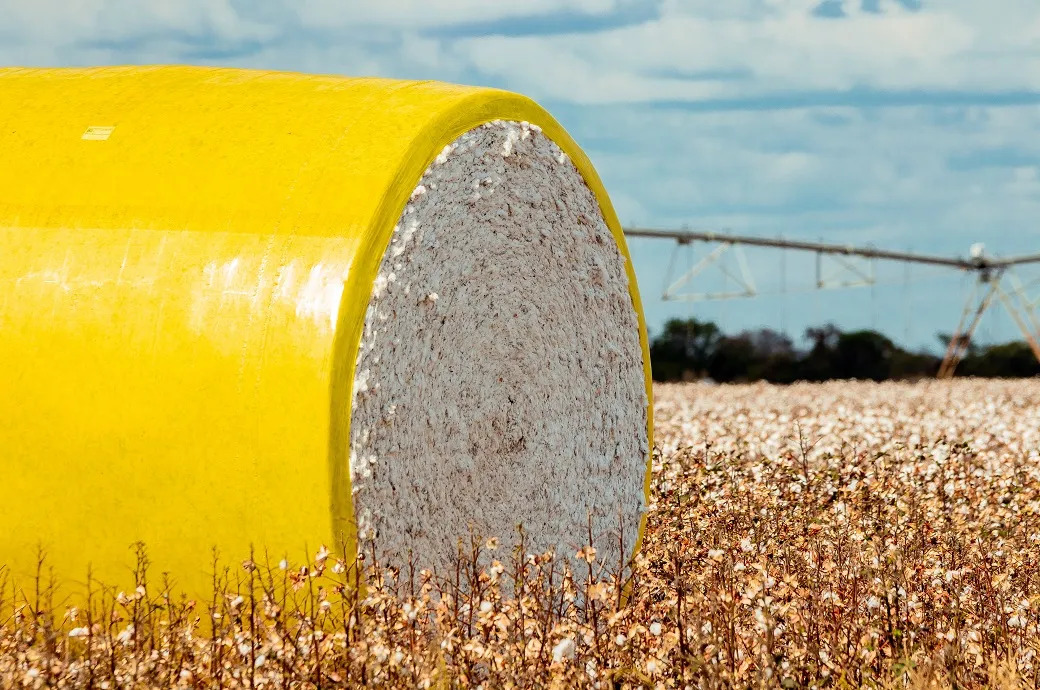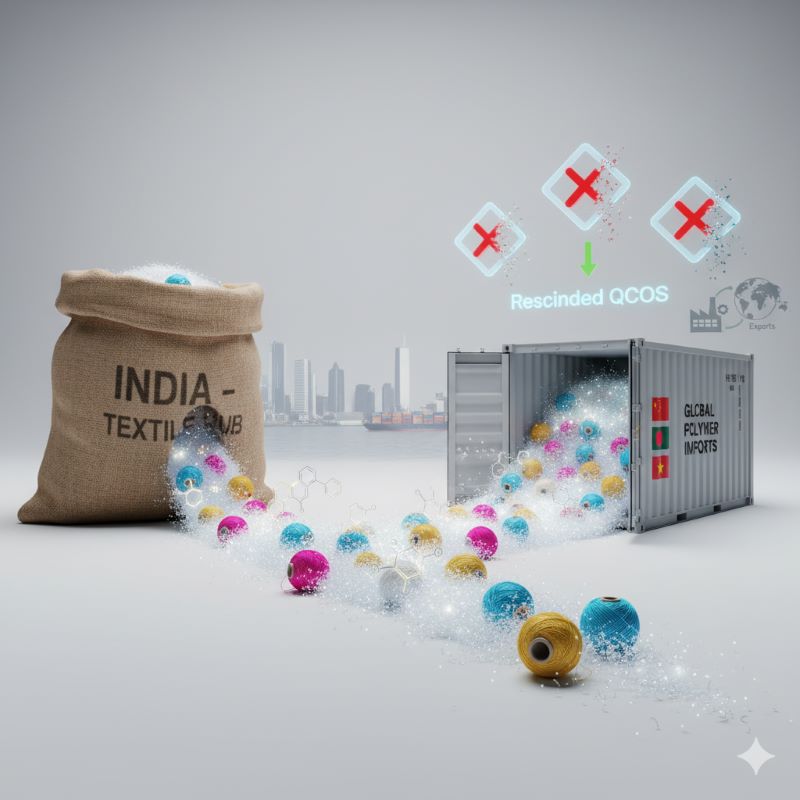While wool – natural, renewable, and biodegradable – has a positive environmental story, rating tools score it poorly due to flaws in the way certain impacts are assessed, or in some cases, not assessed.
For example, important impacts such as microplastics pollution are not considered in ratings that rely solely on life cycle assessment (LCA).
Additionally, LCA footprinting should cover a product from cradle to grave. But because it is easier, some ratings use only cradle to gate. As a result, the downsides to other fibers are left out, while what’s negative for wool is left in.
The issue is that of communicating wool’s environmental credentials. Natural, sustainable, and biodegradable, wool is as good as it gets.
Demand for finer wool in active wear and next-to-skin continues to grow, while a low price for broader wools, relative to other fibers, should contribute to an improvement.
Past supercycles, when they have turned down, have always been due to events external to the industry.
As wool prices continue to supercycle, sustainability takes centre stage.
There has been yet another rise in prices for Merino and fine Crossbred wool, in what is described as a supercycle. The last supercycle occurred in the late 1980s. This one has now gone on for more than 112 weeks, taking the wool industry into new territory.
Seasonal conditions in Australia and South Africa may see supply remain at current levels in the short term.
Wool needs proper assessment
- 1
- 2
- 3
- 4
- 5
- 6
- 7
- 8
- 9
- 10
QCO rollback and export boost, the two-step formula powering India’s textile com…
November 12, 2025, could go down as a watershed date in India’s textile history. In a single day, the government... Read more
Cotton's Comeback: Brazil's blueprint for a natural fiber renaissance
The global textile industry operates on an assumption: natural fibers are nearing their ceiling of growth, with future demand almost... Read more
India's $2.92 bn export surge drives focus on performance, policy at Techtextil …
In line with its momentum to establish itself as a global textile manufacturing powerhouse, India is accelerating its focus on... Read more
Fashion’s new equation, profits meet planetary limits at Lisbon’s Textile Exchan…
The Textile Exchange Conference 2025, held under the theme ‘Shifting Landscapes’, marked more than another industry meet-up; it was a... Read more
India Scraps QCOs on Polyester, Polyester Fibre: A level playing field or domest…
In a major policy reversal, the Ministry of Chemicals and Fertilizers, through a notification in the Gazette of India dated... Read more
Is secondhand fashion the new fast fashion?
The fashion industry has long touted secondhand shopping as a silver bullet for sustainability, a movement that redefines style through... Read more
Source Fashion 2026: Championing collaboration to drive sustainable supply chain…
Europe’s premier fashion sourcing show, Source Fashion, is set to double down on the power of collaboration for its upcoming... Read more
Bharat Tex 2026: A premier event for the global textiles and apparel industry
A key consortium of leading Export Promotion Councils (EPCs) and industry associations, the Bharat Tex Trade Federation (BTTF) is set... Read more
Global Sourcing Expo: Offering an unparalleled access to international manufactu…
The highly anticipated Global Sourcing Expo is set to return to the Melbourne Convention and Exhibition Center from November 18,... Read more
The Soulful Stitch: Why ‘High-End’ Italian craftsmanship relies on ‘Happy Tailor…
A fascinating look into the labor practices of high-end Italian craftsmanship revealed a revolutionary philosophy at the recent 'Italian Fashion... Read more












